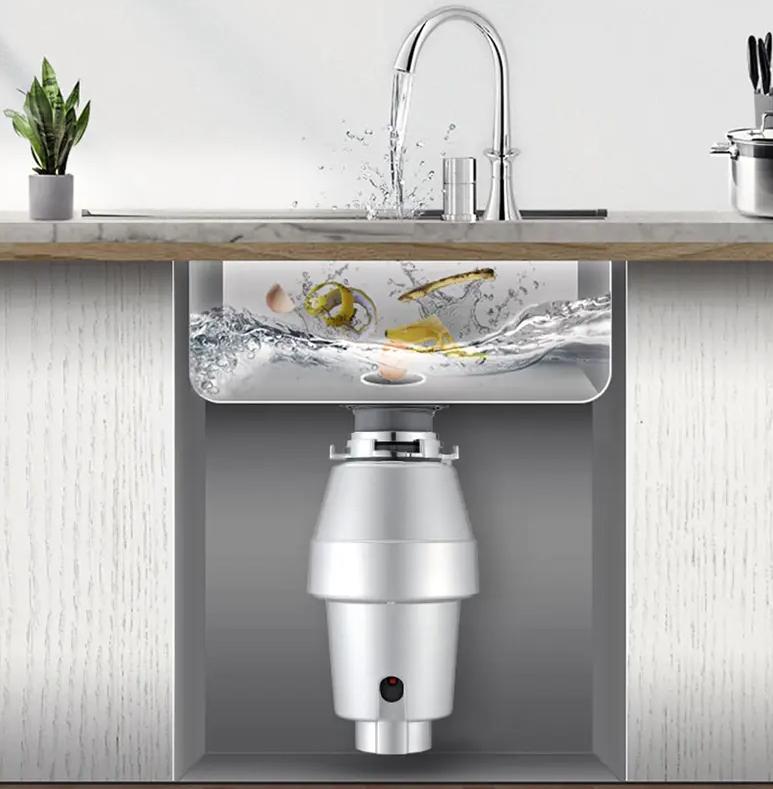Homeowners seeking efficient ways to handle food scraps often face the choice between a Food Waste Processor and traditional composting. Each method has unique advantages, and understanding these can help you decide which suits your lifestyle better.
A Food Waste Disposer operates by grinding leftover food into fine particles, flushing them through plumbing for treatment in wastewater facilities. This method is quick, sanitary, and requires minimal space in the kitchen, making it an attractive option for urban dwellers or those without outdoor space.
Composting, on the other hand, involves the biological decomposition of organic waste into nutrient-rich soil amendments. While it supports gardening and reduces waste sent to landfills, composting requires time, space, and some effort to maintain the right conditions for decomposition.
A Food Waste Processor complements composting by handling scraps that might not be suitable for compost bins, such as cooked food or meat residues. This prevents pests and odors in compost heaps. Additionally, disposers help reduce the frequency and volume of waste disposal.
From an environmental perspective, composting recycles nutrients back into the soil, benefiting plants and reducing the need for synthetic fertilizers. Food waste disposers transfer waste to treatment plants where it is processed anaerobically, potentially generating biogas or used in wastewater treatment.
The choice between these options depends on individual circumstances such as space availability, time commitment, and local waste management policies. Some households use both, composting garden waste while processing kitchen scraps through a disposer.
In conclusion, a food waste disposer provides a convenient and hygienic method for handling kitchen scraps, especially in settings where composting isn’t feasible. Understanding the differences helps users select the right approach for their food waste needs.

